The Peculiar World of Swedish Surströmming: A Fermented Delicacy
In the northern reaches of Sweden, a culinary tradition exists that has both fascinated and repulsed people for generations. Surströmming, the fermented Baltic herring, is more than just a dish—it's a cultural phenomenon. The pungent aroma and intense flavor of this preserved fish have made it infamous worldwide, yet it remains a cherished part of Swedish heritage. To understand surströmming is to delve into a practice that intertwines history, survival, and regional identity.
The origins of surströmming trace back to the 16th century when Swedish fishermen needed a way to preserve their catch for long periods. Salt was a precious commodity, and using just enough to prevent spoilage without drying the fish completely led to fermentation. Over time, this method evolved into the unique process that produces surströmming today. The fish are caught in spring, fermented in barrels for several weeks, then canned where the fermentation continues, creating the signature pressurized tins that hiss upon opening.
A Sensory Experience Like No Other
First-time encounters with surströmming are often described as shocking. The smell is frequently compared to rotten eggs or garbage, strong enough to clear a room. Yet, enthusiasts argue that the taste is far more nuanced than the initial assault on the senses suggests. The flavor is intensely salty, with a sharp umami quality and a creamy texture when prepared correctly. Traditionalists insist it should be eaten with thin, crisp bread, boiled potatoes, onions, and sour cream to balance the potency.
Despite its divisive nature, surströmming holds a special place in Swedish culture, particularly in the northern regions. It's commonly enjoyed during late summer festivals, where families and friends gather for "surströmmingsskiva" (surströmming parties). These events are as much about social bonding as they are about the food itself, with songs, stories, and schnapps often accompanying the meal. The shared experience of eating something so challenging creates a unique camaraderie among participants.
International Notoriety and Modern Perceptions
Beyond Sweden's borders, surströmming has gained a reputation as one of the world's most extreme foods. Travel shows and internet challenges frequently feature brave (or foolish) individuals attempting to stomach the fermented fish, often with dramatic results. Airlines have banned the opening of surströmming cans onboard due to the smell's potential to trigger emergency evacuations. This notoriety has turned the dish into a symbol of Swedish eccentricity, though locals argue it's misunderstood by outsiders who don't appreciate its cultural context.
In recent years, younger generations of Swedes have shown less interest in traditional surströmming consumption, viewing it as an antiquated practice. However, innovative chefs have begun incorporating the fermented fish into modern dishes, using small amounts to add depth to sauces or as a seasoning element. This culinary experimentation may represent the future of surströmming—preserving the tradition while adapting it to contemporary tastes.
The production of authentic surströmming remains tightly controlled, with specific regulations governing everything from the fishing season to the fermentation process. As global food trends increasingly value fermentation and preservation techniques, surströmming has attracted attention from food scientists and historians studying traditional preservation methods. What began as a practical solution for Swedish fishermen has become a living artifact of culinary history, continuing to challenge and delight those willing to experience it.
Environmental Considerations and the Future
Like many traditional foods tied to specific ecosystems, surströmming faces challenges in the modern world. Changes in the Baltic Sea's environment, including pollution and shifting fish populations, threaten the herring stocks used for authentic surströmming. Producers and enthusiasts are increasingly aware of the need to balance tradition with sustainable practices to ensure this unique culinary heritage survives for future generations.
For adventurous eaters and cultural explorers, surströmming represents more than just a challenging meal—it's a direct connection to Sweden's maritime history and northern traditions. Whether one loves it or hates it, the fermented herring demands respect for its endurance as a cultural practice. In an era of homogenized global cuisine, surströmming stands as a bold reminder of regional identity and the powerful role food plays in defining who we are.

By /May 26, 2025

By /May 26, 2025

By /May 26, 2025
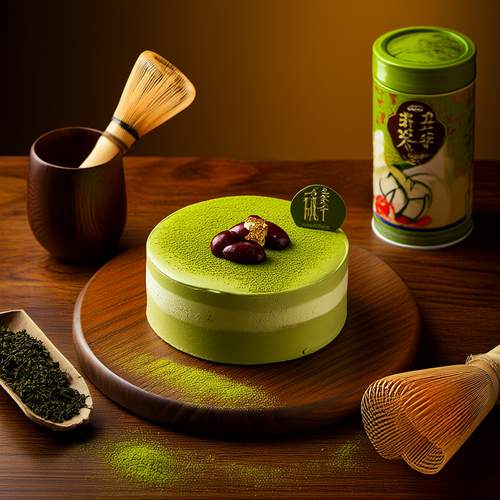
By /May 26, 2025

By /May 26, 2025

By /May 26, 2025

By /May 26, 2025
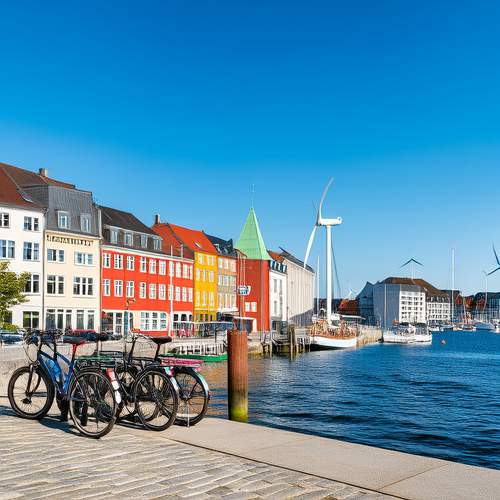
By /May 26, 2025
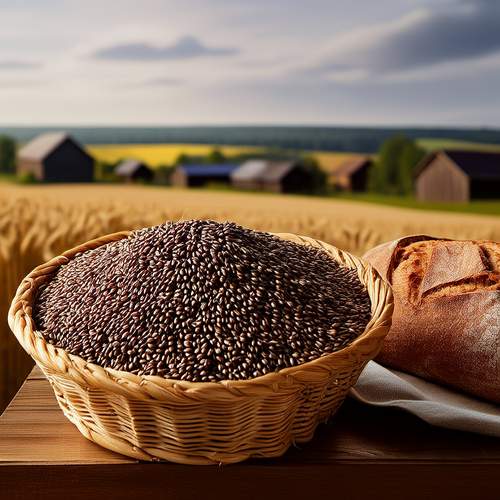
By /May 26, 2025

By /May 26, 2025
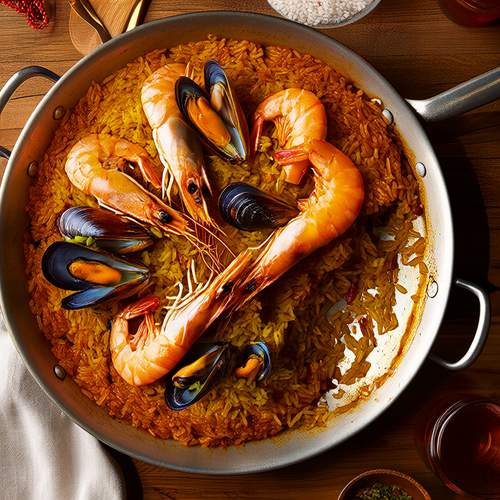
By /May 26, 2025

By /May 26, 2025
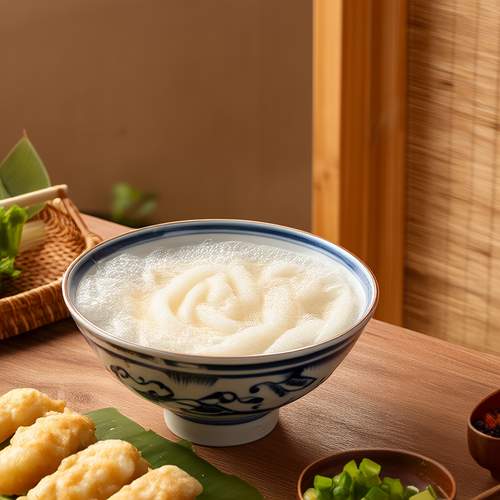
By /May 26, 2025

By /May 26, 2025

By /May 26, 2025

By /May 26, 2025
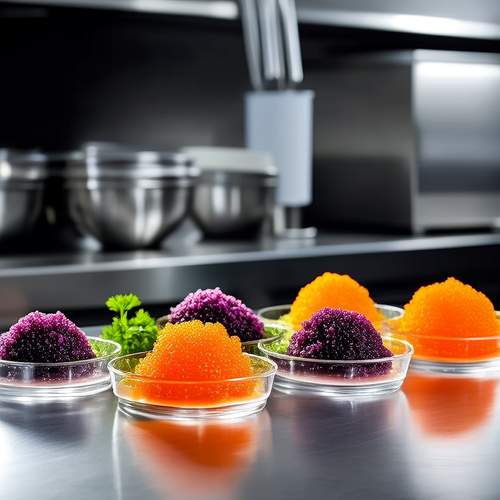
By /May 26, 2025

By /May 26, 2025

By /May 26, 2025

By /May 26, 2025